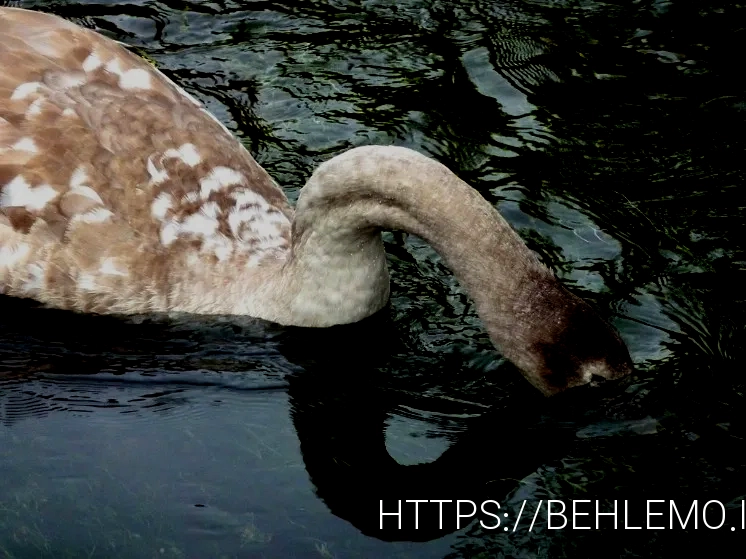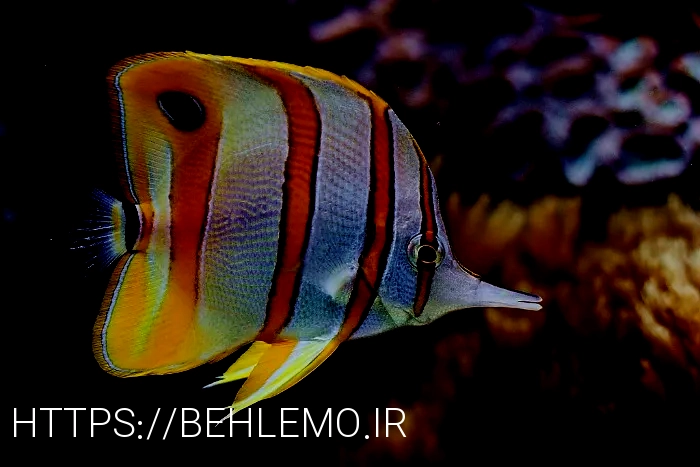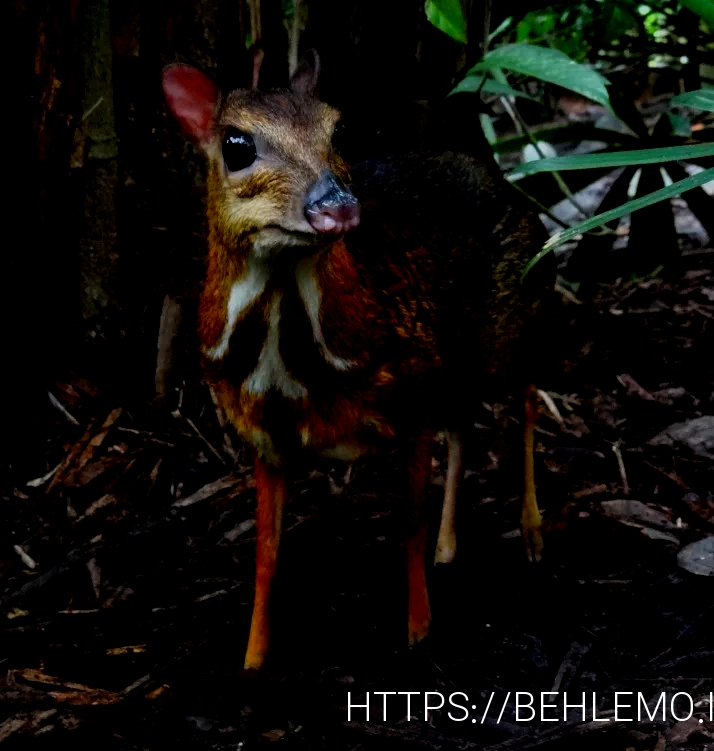What Do Donkeys Eat? Discover Donkey Diets
This will help them absorb the best nutrition from what they eat. Therefore, feeding them the right food is essential, so your donkey doesn’t get prone to laminitis or become overweight. It’s important to provide fresh water at all times and to avoid overfeeding, as obesity can lead to health problems in donkeys. While certain fruits and vegetables, like apples, bananas, and carrots, may be offered as a reward, they should not be a significant part of their diet.
An ideal choice is clean straw, which in many ways is the most similar choice to feeds donkeys would find in their native environments. The ultimate check on whether the amount of food is sufficient for the donkey is to monitor its body condition (Table 5) and adjust the ration accordingly. If the working donkey is losing weight it needs more energy in the ration or less work or both. Increase the energy concentration by improving the roughage quality (Table 1), or increase the proportion of concentrates to roughage. The cereal grains are good sources of energy, but they need to be crushed, or rolled or cracked so that the carbohydrates and proteins within the grain can be best digested.
Donkeys evolved in a desert environment, which means that they usually require less water per unit of live weight than most other large mammals, except of course the camel. The amount of water a donkey needs does depend on the food it is eating, the work it is doing, its physiological state and the ambient temperature, in which it is living and working. For every kg of dry matter eaten a donkey in cool conditions and doing no work needs about 2.5 quids of water. When working a donkey uses a lot of energy in muscle contraction. The donkey loses the extra heat, to maintain its body temperature while working, by sweating and in extreme conditions by panting to keep cool.

It consists of the mouth (lips and teeth), the esophagus, the stomach, the small intestine, the large intestine (cecum and colon) and the rectum. It is very easy to do, as they will not tell you when they are full. To prevent this, check your donkey’s body condition score on a regular basis. Yes, donkeys are quite social and prefer the company of other donkeys or animals.

Dried sugar beet pulp is available in shredded or cubed form and must be thoroughly soaked before feeding and used within 24 hours once wet. The most appropriate feed for donkeys is straw, hay and grass in moderation. Although you may not think it, horse and donkey dietary requirements are very different.
Some people have suggested the proportions of the micro-organisms in the hind-gut are different, with those in the donkey being better at cellulose digestion. Other people suggest it is the proportionately larger digestive tract in relation to live weight in the donkey. Comparative studies of energy and protein requirements of donkeys and ponies have not shown any differences of this magnitude. Therefore it seems likely, in the absence of other evidence, that at least part of the reason why donkeys do better than horses on the same feed is their greater ability to digest roughage feeds. This is advantageous when a fixed amount of food is fed, where horses cannot take advantage of their generally higher voluntary intakes of roughage. Work reduces the time available for eating therefore we can assume the donkey will only be able to eat about 2 kg of dry matter in a day per 100 kg live weight.
Amino acids which are eaten in excess of requirements cannot be stored, but are metabolized to supply energy, or converted to body reserves of fat and glycogen. This situation rarely occurs in the working tropical donkey as good dietary protein sources are generally expensive and are therefore used carefully by most owners who can afford them. During the winter months some of our donkeys are housed in large airy barns with concrete run-out yards, without access to grass. Instead our donkeys have access to barley straw and are fed a controlled amount of hay or haylage according to their body condition.

However, in many parts of the world where they have been introduced, they face minimal predation. Donkeys exhibit a range of behaviors that reflect their intelligence and adaptability. They are known for their patient, steadfast, and hardworking nature. Contrary to popular belief, donkeys are not stubborn but rather cautious, assessing situations before acting. Generally, there is minimal sexual dimorphism in donkeys, with males (jacks) and females (jennets) being similar in size and appearance. The size of donkeys varies depending on the breed, with heights ranging from about 3 feet (0.9 meters) in miniature donkeys to 5 feet (1.5 meters) or more in larger breeds.
The amount needed will decrease to about an extra 50% energy over idle requirements in the later parts of lactation as milk yield decreases. One way in which a young donkey obtains the cellulose digesting micro-organisms after birth is by eating grass soiled by the feces of other donkeys. In older animals this is considered a vice, as it is sometimes seen in housed donkeys that are “bored”. However, it can also sometimes be seen in donkeys that are hungry and kept in a confined area where there is little grazing available. Water is perhaps the most essential of all nutrients since without it life cannot continue for longer than a few days, or less in adverse conditions. Remember to check water supplies in cold weather to ensure they have not frozen.
Sudden changes in diet can result in colic, diarrhea or laminitis. It is better to change a diet gradually, so as not to upset the micro-organisms and hence upset the donkey. A common time for The importance of diet for animals problems in some countries is at the start of the wet season when new grass suddenly becomes available and people switch their donkeys from a crop residue based diet to a grazing regimen.
To avoid this, pour some loose salt into a separate container to other food or give a little at night. You can also buy equine salt lick blocks, but make sure you do not buy a cattle salt block by mistake. A donkey forage balancer is also a great product to add to your donkey’s diet. It is best not to feed straw or hay to a donkey with dental problems.

This is the time when the developing fetus occupies increasingly more space in the abdominal cavity, reducing the donkey mare’s capacity to eat bulky roughage diets. In order to meet the extra needs for energy and protein at this time it is necessary to increase the amount of concentrate in the ration and reduce the roughage. Requirements of a donkey for energy are usually described as the amount of digestible energy that the donkey needs. This means the amount of energy that it needs in a form it can digest. Feeds all contain energy, but the amount that a donkey can digest depends on the nature of the food. For example it can digest about 85% of the energy present in maize grain, but only 35% of the energy present in maize stover.
If the pregnant or lactating donkey is getting thin (Table 5), it needs more energy and protein and less bulk. Reduce the dry roughage offered, and increase the proportion of concentrates to roughage, offer more green roughage if available, especially to the lactating donkey. As ambient temperature or humidity increase so intake of roughage decreases.

As a result of this adaptation, donkeys show higher percentage-digestibility for protein and various fiber fractions of feeds than ponies. As the nutritional value of the tested feeds decreases the relative digestibility of these feeds when consumed by donkeys increases as compared to ponies. Forage in the arid regions from which donkeys originate is sparse and of very low nutritional value. As a result donkeys have a number of unique adaptations that allow them to survive in such areas. The first adaptation is that feed passes through their digestive systems as a slower rate than it would through the tract of a horse or pony.
Digestion of the non-fibrous part of the diet continues and is completed along the length of the small intestine. Absorption of the end-products of the digestion occurs as the digesting mass is moved along the intestine by muscle contractions of the walls of the intestine, called peristalsis. The end-products of digestion are monosaccharides such as glucose, fructose and galactose from carbohydrates, amino-acids from protein digestion, and fatty acids from fat digestion. Water, vitamins and minerals are also absorbed in the small intestine. The digesta becomes more solid as it moves towards the large intestine.
With proper care and management, including adequate nutrition, health care, and a suitable living environment, donkeys can be long-term companions or working animals. Instead, they are fond of eating desert plants, grays, hays, grasses, oats, etc. Laminitis is the inflammation of the sensitive tissue in the donkey resulting in lameness and pain. This can result from excess consumption of cereal-based feed or grass. Also, when donkeys graze on fertilized foods, they can experience laminitis.
Therefore the donkey needs its energy in a more concentrated form than when it is not working. On moderate roughage it will need about half its dry matter intake as energy rich concentrates if working 4 hours a day and 60% if working for 8 hours a day. If working 4 hours a day it will need about 60% of its dry matter intake as energy rich concentrates and if working 8 hours a day about 70% of its dry matter intake as energy rich concentrates.
Fodder legumes, such as lucerne and berseem contain higher levels of protein than the grasses whether fresh or conserved. Fresh green fodder is a good source of vitamins and salt is an important supplement especially for working animals. Carrots, apples, bananas, pears, turnips and swedes are all safe and usually very popular with donkeys. Ensure that chopped fruit and vegetables are cut in a way that minimises the risk of choking, such as in sticks.

The premolars and molars are used for chewing and grinding the food at the back of the mouth. The molars grind over each other laterally as well as vertically during the jaw movements in the chewing processes. Often donkeys are in poor condition because their teeth have become uneven and these have caused mouth sores and pain when eating or chewing. If its teeth are causing problems it will eat reluctantly, drop food from its mouth when eating (quidding), eat with the front teeth then bolt its food, or hold food in its mouth when the mouth is opened. Haylage is semi-wilted grass that has been allowed to dry to only 55-65% dry matter (as compared to 85% in hay).

In areas where vegetation is scarce, commercial foods and supplements designed for these animals can be offered, but it is critical to ensure their quality. Donkeys are known for spending a good part of their day feeding, but interestingly enough, they consume less feed compared to other equines. They prefer small, frequent feedings throughout the day rather than a few larger meals. With this knowledge, we can better understand the dietary needs of these incredible animals.
Additionally, microorganisms in their digestive system further aid in breaking down low-quality or low-nutritious vegetation. Donkeys rely on their intestinal microbiota to maintain proper nutrition. The food should be stored somewhere cool, and where the temperature does not fluctuate a lot, ideally where there is good air flow, ventilation and low humidity. Feeds should not be stored in direct sunlight or in damp conditions and should be kept away from rain, water, rodents, insects and birds. This method does not require any sophisticated laboratory, just the means to dry the feed and feces and an accurate weighing scale. Drying is usually started in the sun and finished in an oven at about 60°C for a day.
The digestible energy needs of a 150 kg donkey are about 20 MJ per day for maintenance. This does not mean much unless it can be related to actual amounts of feed that are needed to meet requirements (this is dealt with later on). A great deal of scientific research has gone into measuring and predicting the nutrient requirements of horses in competition and in racing and more recently in their use for pleasure. The energy, protein, mineral and vitamin requirements have been determined. The average nutrient composition of feeds commonly given to horses is available in tables of feed composition. Ways in which to formulate rations to meet requirements using common feeds are explained in all good books on equine nutrition.
Efforts to conserve donkey populations focus primarily on improving their welfare and management. This includes promoting humane treatment, providing veterinary care, and educating owners on proper donkey care. In areas with feral donkeys, wildlife management strategies are implemented to balance ecological impacts. Donkeys are known to be quite courageous and can defend themselves using their strong teeth and hooves. They are more likely to stand their ground and confront a threat, unlike horses, which are more prone to flee. Donkeys prefer dry, warm climates and are well-adapted to sparse, rugged terrain.
If your donkeys are left to stroll in lush pastures, you must practice grazing control to keep them healthy and fit. Hence, donkey owners or guardians are always concerned about what to or what not to feed them. These animals are capable of surviving in any environment, including harsh environments.
